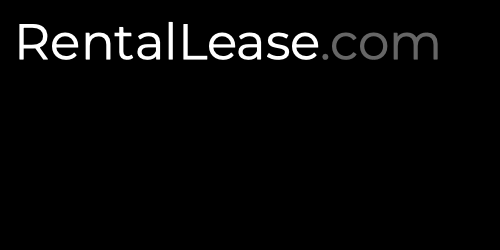Minnesota Fourteen (14) Day Notice to Quit | Eviction Notice for Non-Payment Template
Try Other Programs
The New York sublease and roommate agreements are very popular within the city and among university students as they allow a person who already has a lease with a landlord to rent the same space to another individual. There are two (2) ways to set up this type of contract: a standard sublease agreement where a sublessee takes over an entire space, and a roommate agreement where the tenant seeks another person to rent a portion of the space. In…
The Indiana rental application can be used by landlords to view their potential tenants’ criminal, rental, employment, and credit history. This will give the landlord a clear idea of whether an individual is a suitable candidate while enabling them to determine the terms of the lease agreement including the security deposit amount. State law permits the landlord to charge a non-refundable fee for verifying the tenant’s background.
The Kansas rental application may be used by the landlord to review the financial and criminal history of an applying tenant. The landlord will need to request that the tenant completes the form to obtain the applicant’s background, including rental, employment, and credit history. By implementing rental applications, landlords can ensure that only trustworthy tenants that will make payments on time are accepted. The landlord may also require the tenant to pay the cost of the review, even if the tenant…
The Ohio three (3) day notice to quit for the nonpayment of rent, otherwise known as the “Notice to Leave the Premises,” is served upon a tenant who is behind on their rent payments. The form must follow § 1923.04(a) which gives the tenant a three (3) day period to either move out or pay the overdue amount. If they choose to do neither, they may face a legal eviction by the landlord and be forced to pay for legal…
The Minnesota month-to-month lease agreement is an agreement for tenants seeking a type of contract with no set termination date and that allows them to leave with notice equivalent to one payment period. The landlord should approach the month-to-month agreement with the same cautiousness as one would a standard lease agreement as they will be legally required to carry out the same eviction process for at-will tenants should it be necessary. Therefore, every potential lessee should be screened through the rental…





